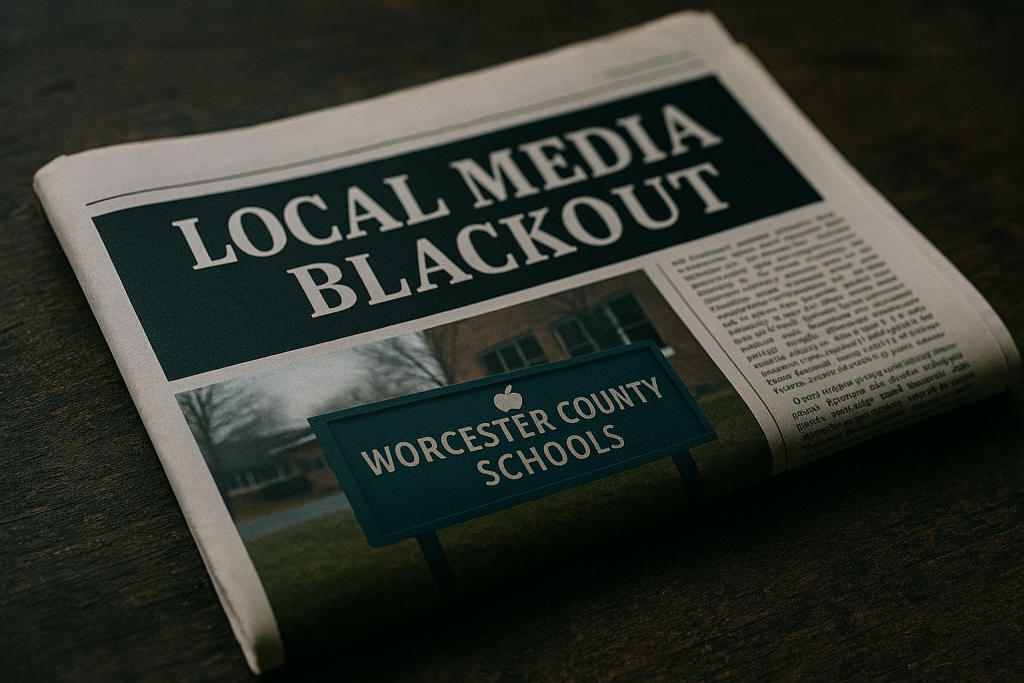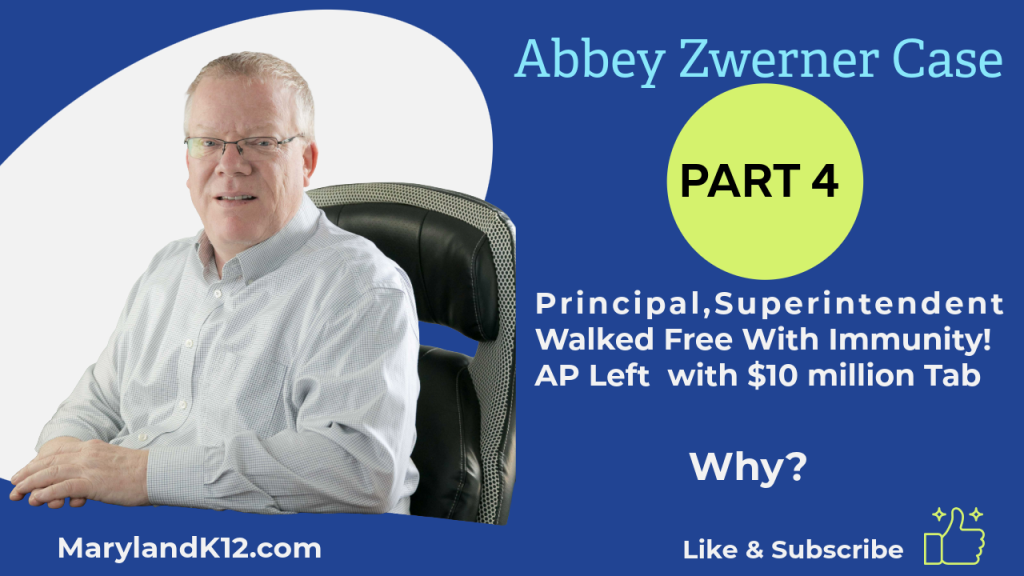
What’s Stopping Later School Start Times That Support Teen Sleep? Bus Schedules, for One
By now, the science is clear: making school start times later, even by an hour, gives teenagers the opportunity to wake up at a time that better aligns with their biological sleep rhythms. Start time changes, in turn, have proven to result in better physical and mental health, improved academics, and fewer teen-driving accidents.
It seems like a no-brainer to make these changes.
As it is, though, countless teens continue to sleepwalk through their first period classes, which in some districts begin as early as 7:30 a.m.—an hour earlier than 8:30 a.m., the start time recommended by the American Academy of Pediatrics. Why?
In countless cases, bus transportation is to blame.
The complexity and cost of rerouting bus services are among the top reasons that keep districts from changing to later start times for older students. There’s no disputing that shifting bus services throughout a district can present a big challenge—one large urban district turned to hiring math experts from the Massachusetts Institute of Technology to develop algorithms to create more efficient bus routes and select new start times that better align with teens’ sleep needs.
Even so, every district’s logistical challenges vary, and the perceived obstacles associated with adjusting bus services don’t always materialize, say advocates for later school start times for middle and high school students.
“Sometimes, when you dig into the transportation piece, you’re going to find opportunities to make your system more efficient and better serve the students,” said Phyllis Payne, implementation director for Start School Later, a nonprofit that advocates for school districts nationwide to change to later start times for middle and high schools.
The following four strategies can support districts as they consider a shift in bus services to accommodate later start times, say experts.
1. Be open to challenging perceived obstacles
“You could have someone [at the district level] say, “‘I’m not going to monkey with this. It’s a lot of work,’” said Kyla Wahlstrom, senior research fellow at the University of Minnesota’s College of Education and Human Development. Formerly a teacher and principal before becoming a researcher of innovations in education, Wahlstrom has studied perceived obstacles associated with changing bus schedules.
Resistance to putting kids of all ages on buses is one. “There’s no reason, other than parents fear their kindergarten kids will hear swear words, that it can’t be done,” Wahlstrom said. “Rural districts do it all the time.”
Another misperception she points to is the assumption that most high school students are taking the bus. “It turns out that the number of high school kids riding buses is significantly less than students in elementary school,” Wahlstrom said. About 37 percent of elementary school students routinely ride a bus to school, compared to an estimated 24 percent of high school students, according to the National Household Travel Survey.
Then there’s the perceived extra cost. “People who haven’t looked at all the other alternatives make an assumption that we have to add buses, and that it’s going to cost the district half a million dollars,” Wahlstrom said. “There are a lot of districts that have made this change with a zero cost.”
Case in point: the MIT researchers who won Boston Public School’s crowdsourcing national competition. The Boston district challenged contestants to create a better way to design bus routes to improve efficiency and realign school start times. Their mathematical model not only found a way to improve bus route efficiency and realign school start times; it would also likely result in $5 million in annual savings if implemented.
2. Algorithms are very helpful. But stay focused on people’s needs
Not even the most clever algorithms can solve the potential challenge of satisfying competing interests of all players involved. “As one person [involved in a district transition] said to me, ‘They’re not Fed Ex packages; they’re people,’” Wahlstrom said.
Even researchers acknowledge this. “Algorithms can help a lot; however, it’s still people we are talking about. These are tough choices, from communicating to families to making sure that everybody’s heard. An algorithm will not help with that,” said Sebastien Martin, one of the MIT researchers involved in developing the solution for the Boston district. He should know.
His research team’s model was unanimously approved by the Boston School Committee—a move that would have brought the first change to school start times there in three decades. But the plan was later scrapped after protests from some families.
3. Allow sufficient time between identification of a solution and implementation
Between 2000 and 2010, Wahlstrom communicated with more than 400 superintendents and principals seeking information and guidance on the impact that moving start times later might have on transportation and other relevant concerns. She said that, among the hundreds of schools that eventually adopted later start times, only two reverted back to their original ones.
In both cases, it was because they had made the decision too fast, Wahlstrom said. For instance, in a district where the superintendent and board decided in June for an August change, that didn’t give parents enough time to adjust work schedules and other changes to their routines. “Parents stormed the board,” Wahlstrom said.
4. Examine the challenges in different ways
Sometimes the answer to an existing problem can be found by examining it in a new way. This logic can apply to transportation issues.
“As opposed to trying to retrofit the new schedule into the pre-existing one, they [school officials] should be thinking of starting from scratch,” Payne said. “I’ve seen outside consultants help by bringing novel ideas to the table that maybe haven’t been considered, because we as humans do get stuck.”
This could take a variety of forms, from “flipping” the start times of a district’s younger and older students, whereby younger students start earlier and older kids start later, to more complex solutions involving sophisticated computer-generated algorithms that reconfigure bus routes and start times.
“The real challenge,” Payne said, “is that it’s different than what we’re used to doing.”
Dig Deeper With Our Longreads
Newsletter Sign up to get our best longform features, investigations, and thought-provoking essays, in your inbox every Sunday.
The MEN was founded by John Huber in the fall of 2020. It was founded to provide a platform for expert opinion and commentary on current issues that directly or indirectly affect education. All opinions are valued and accepted providing they are expressed in a professional manner. The Maryland Education Network consists of Blogs, Videos, and other interaction among the K-12 community.








